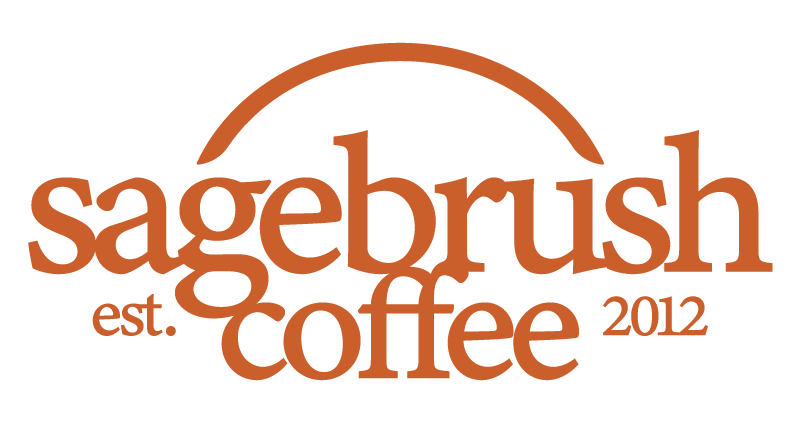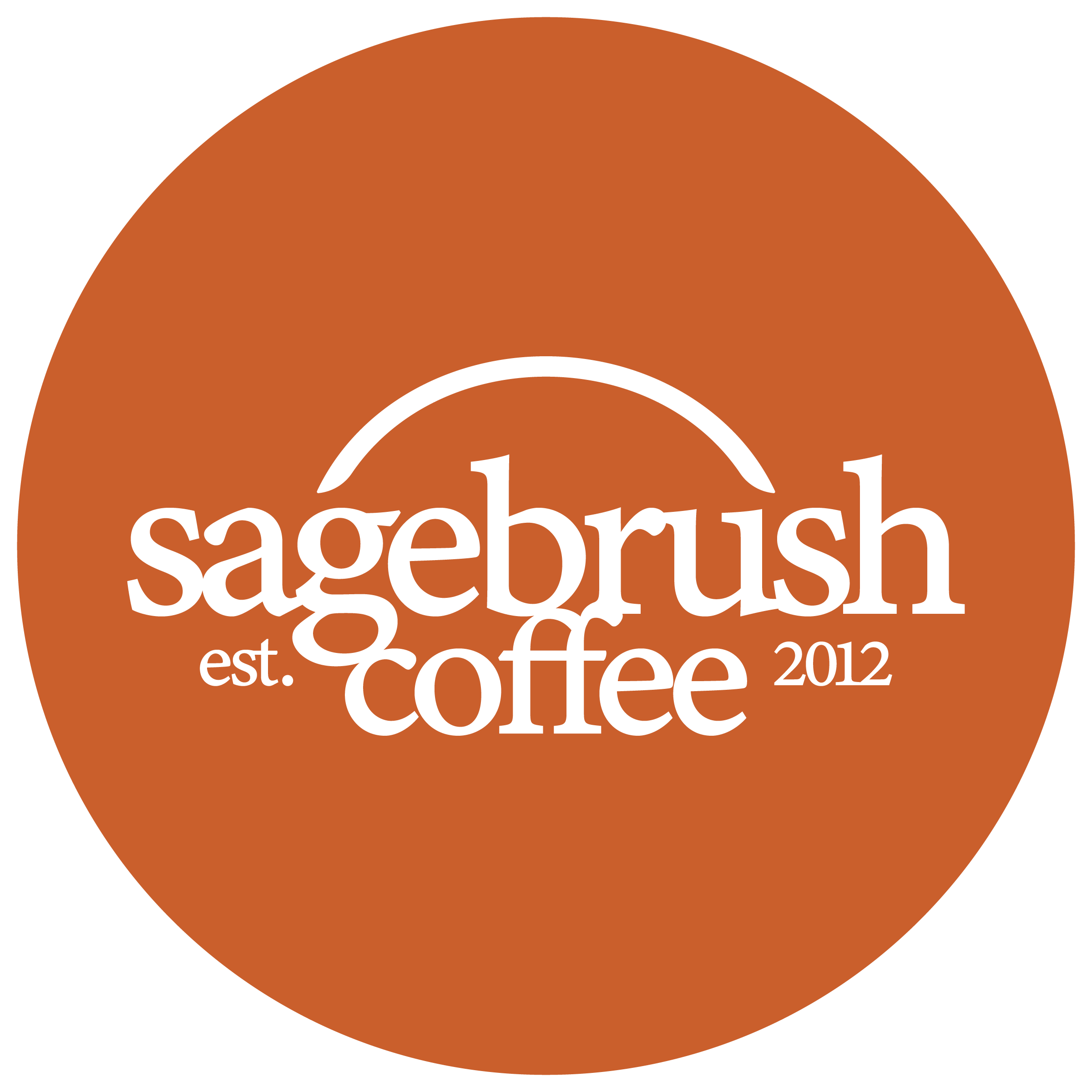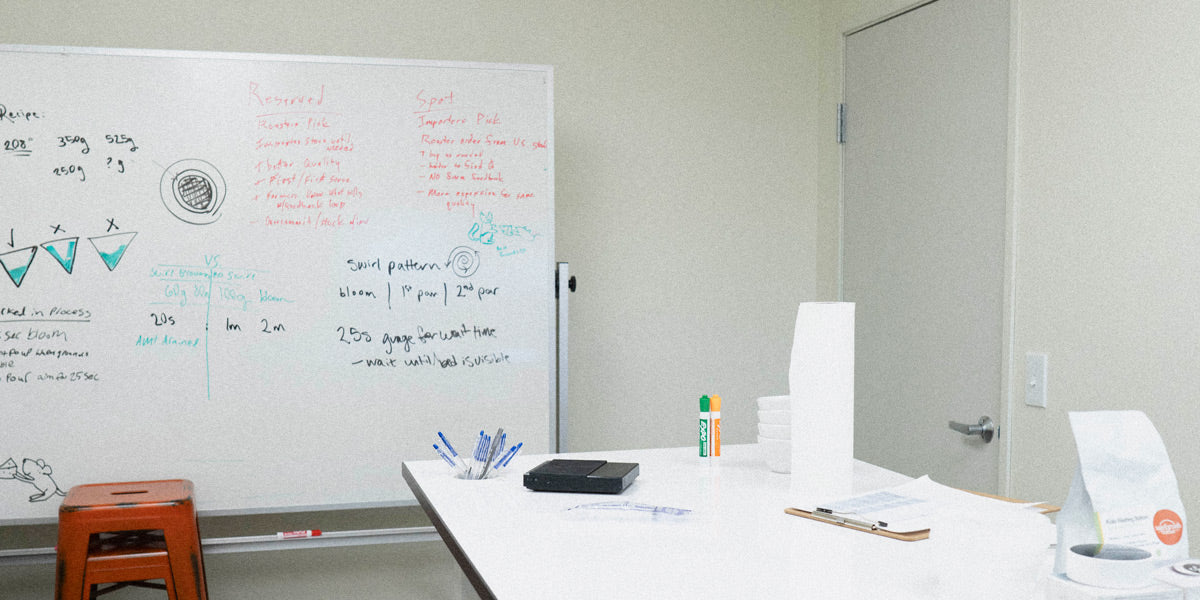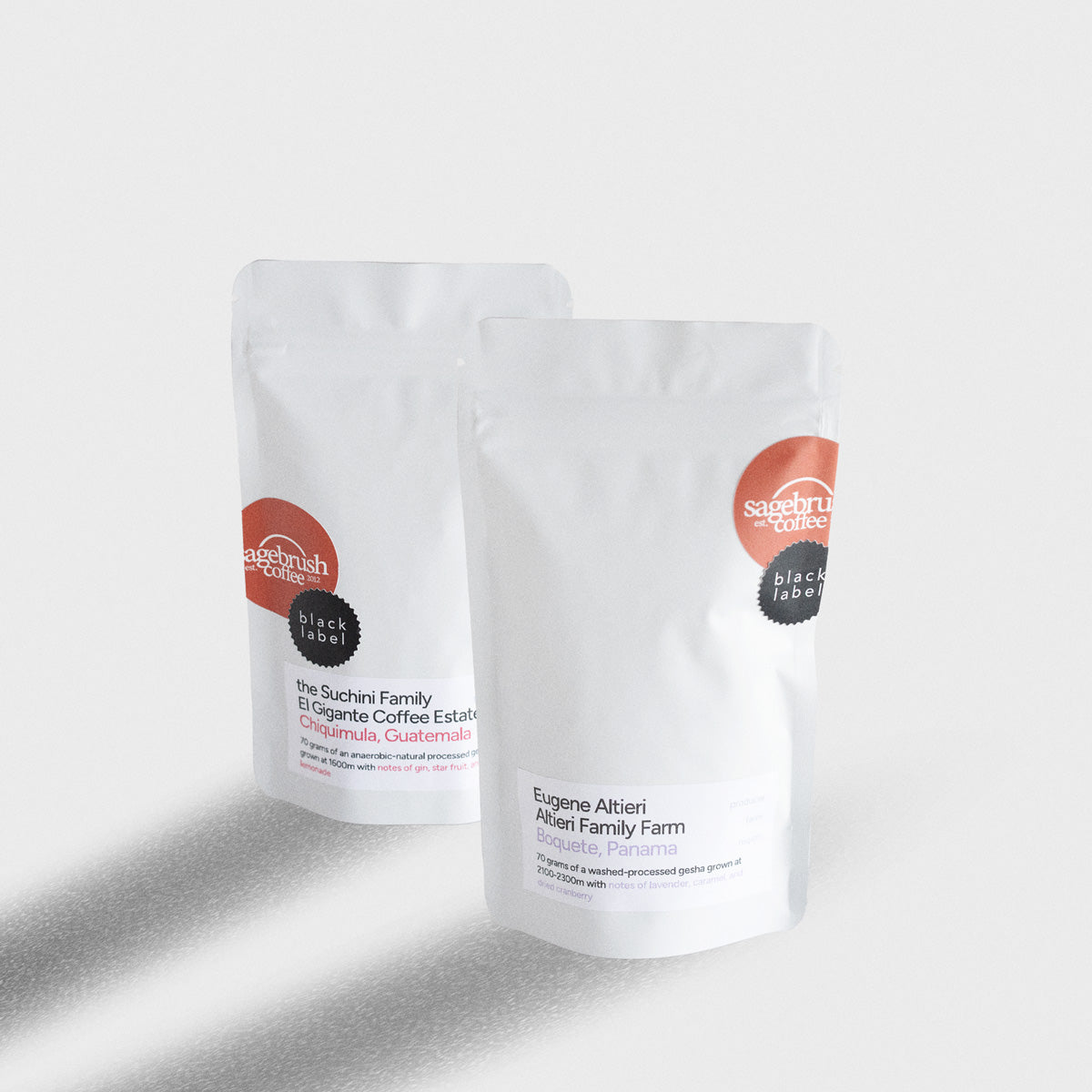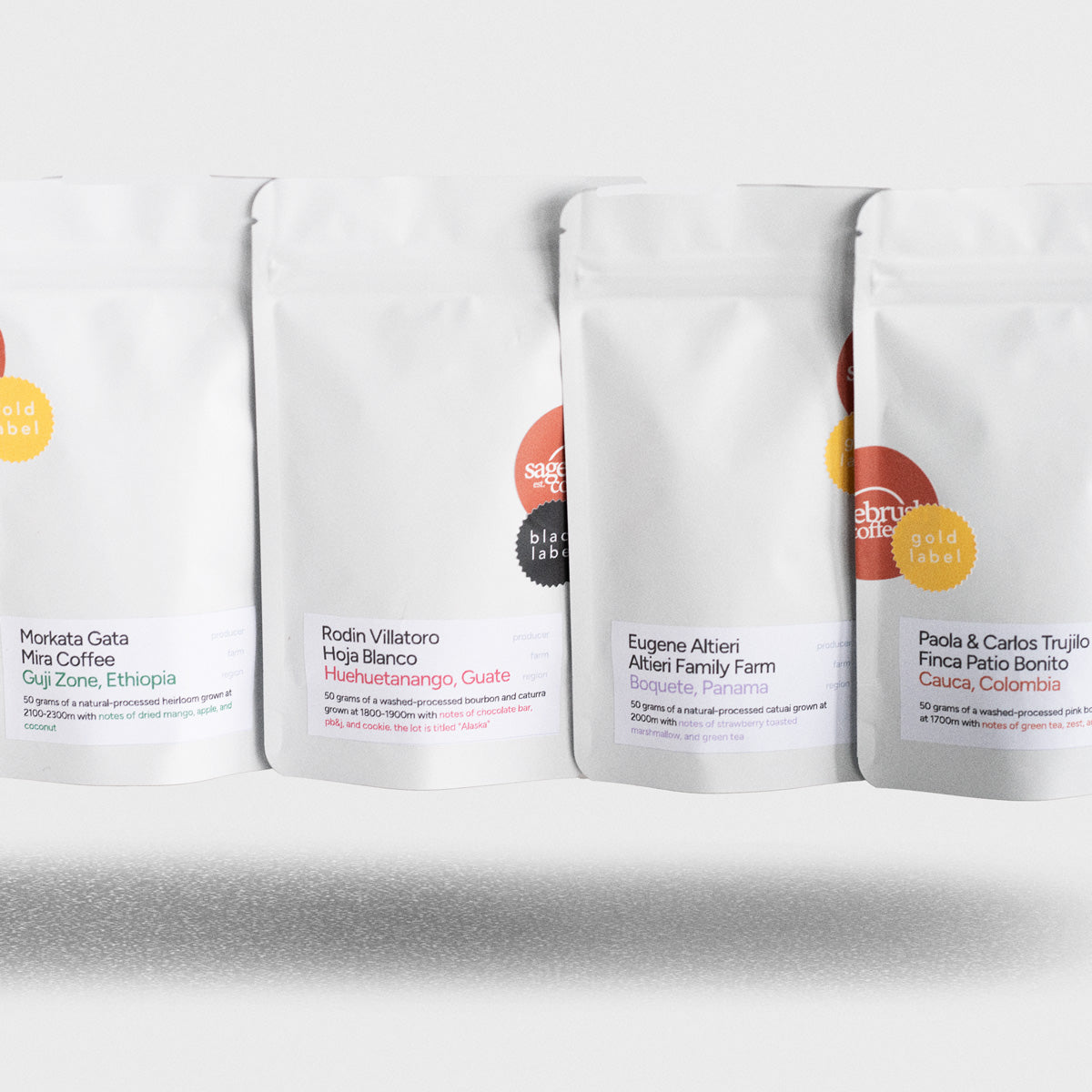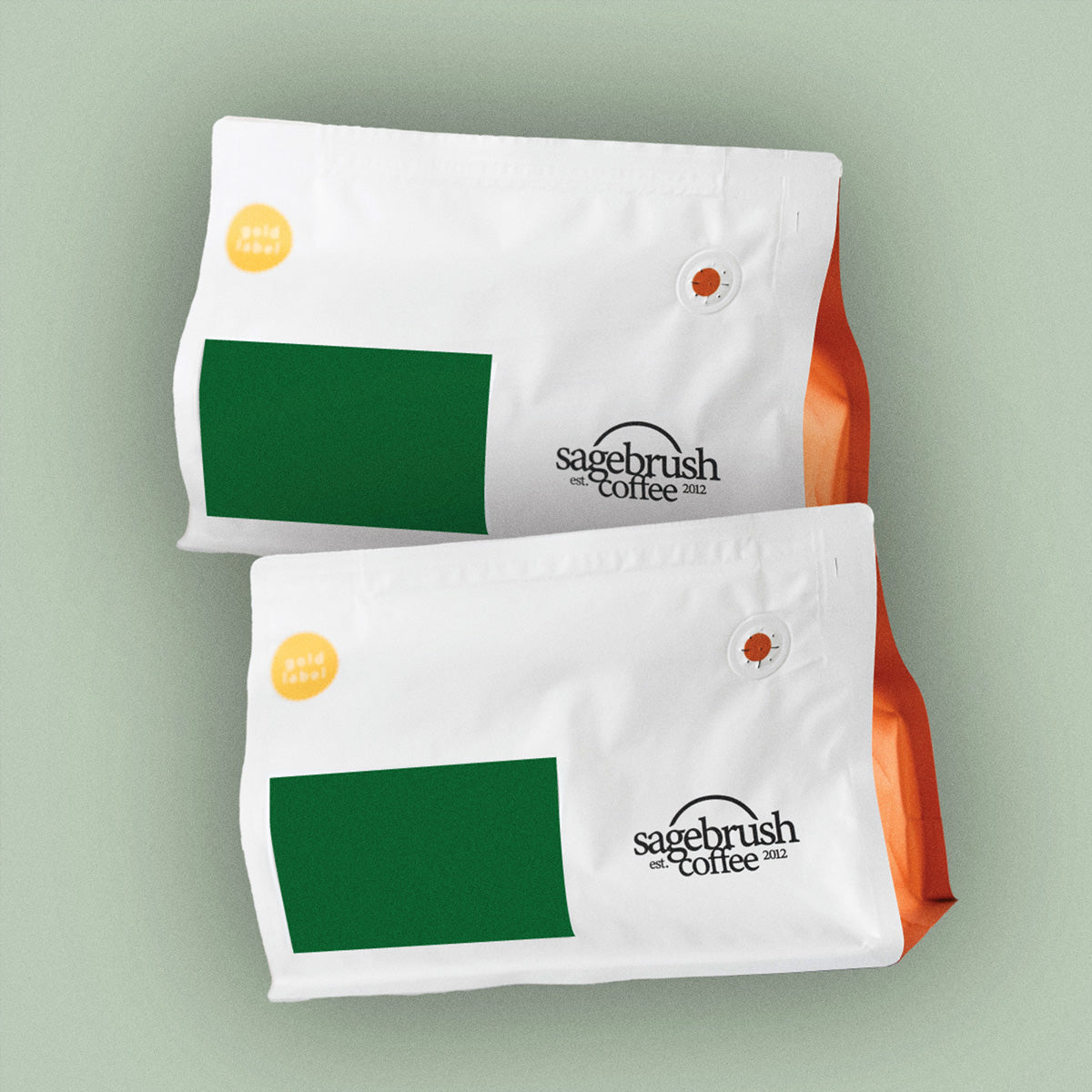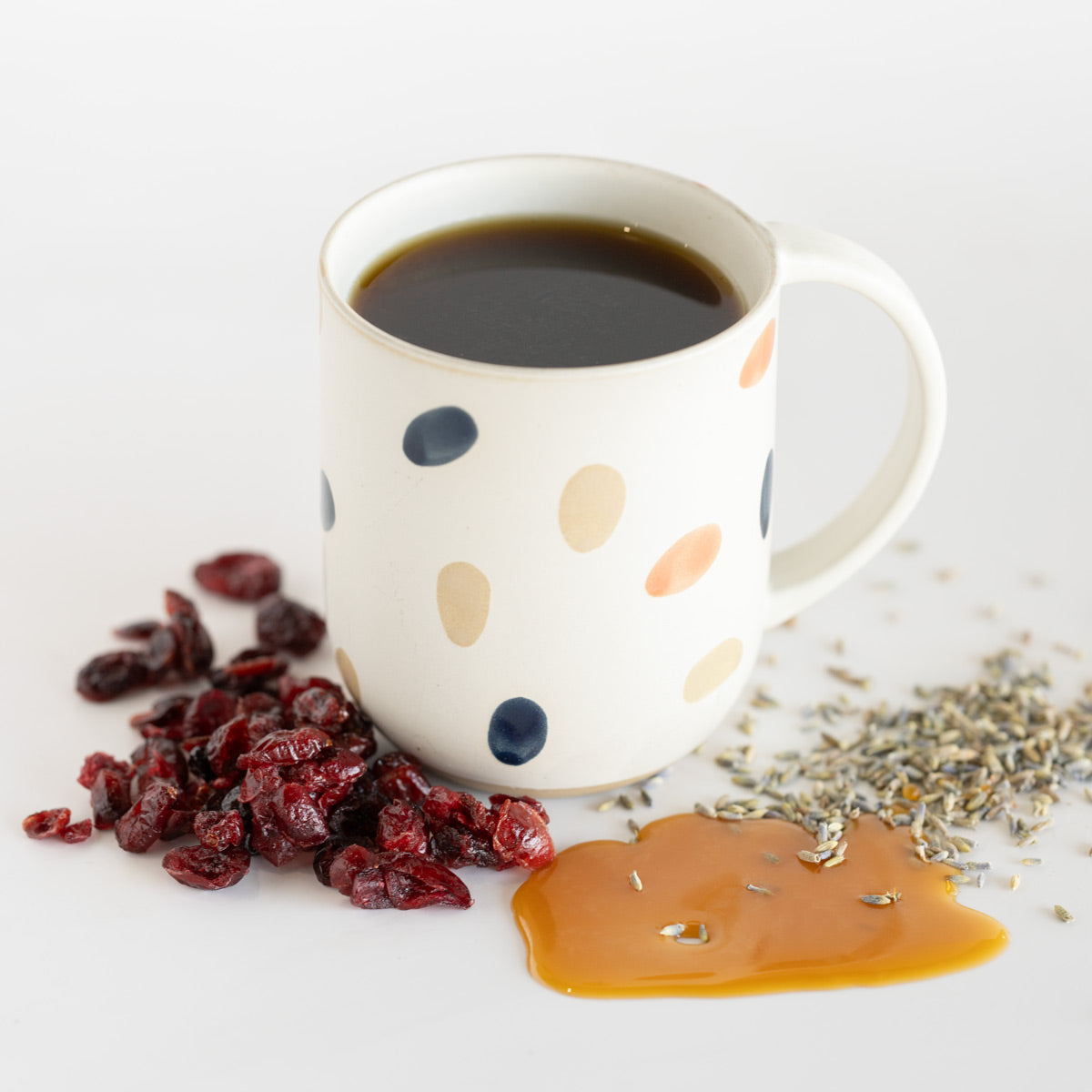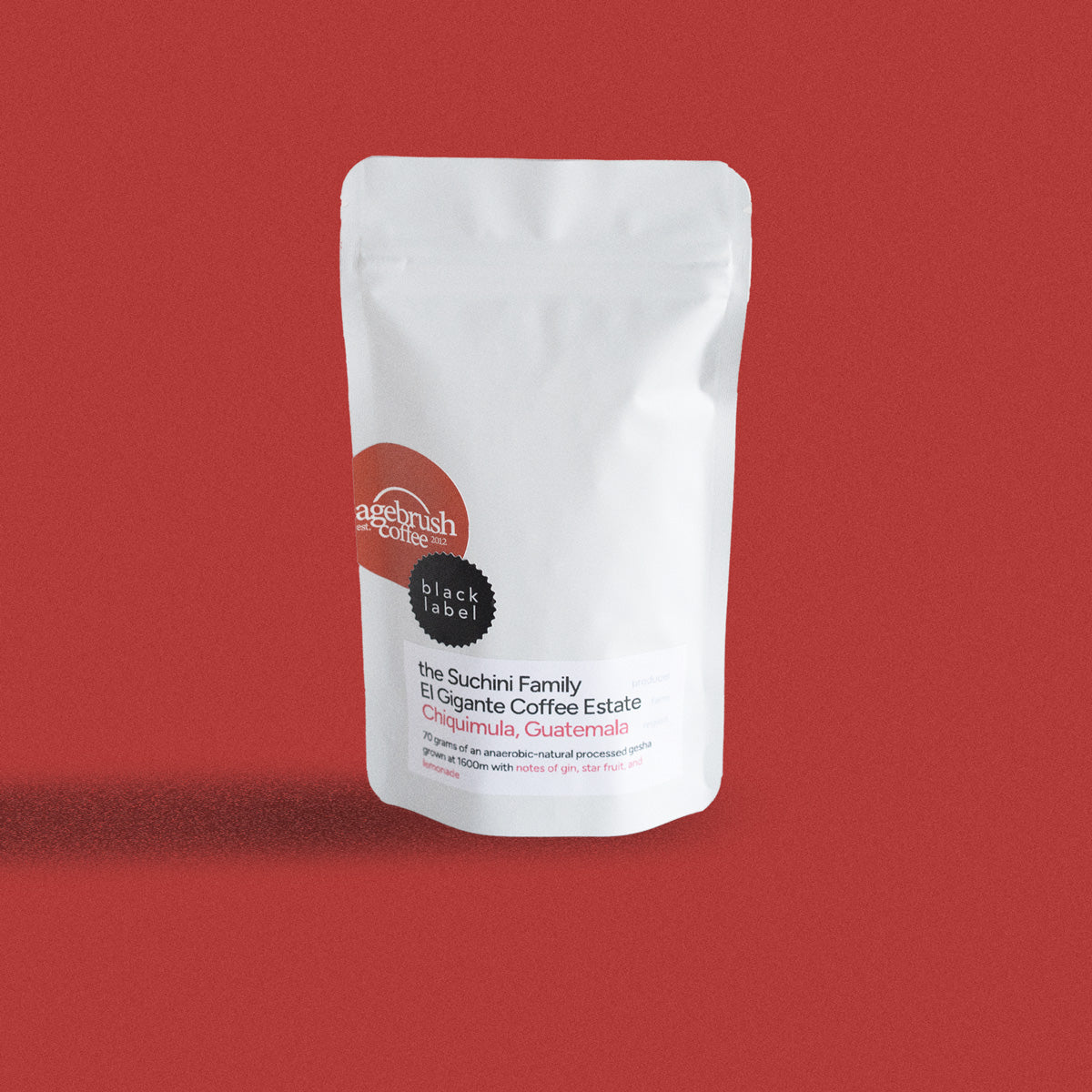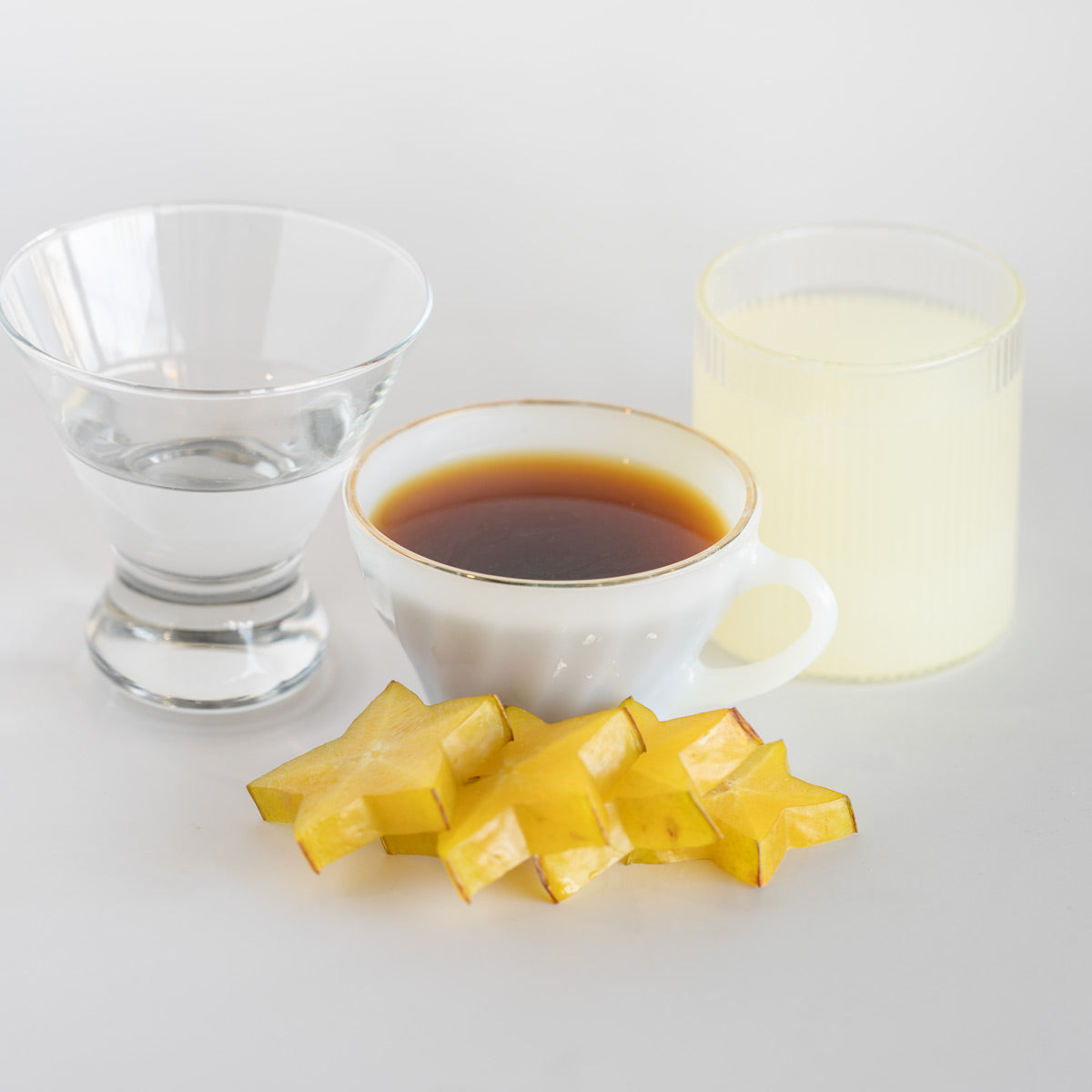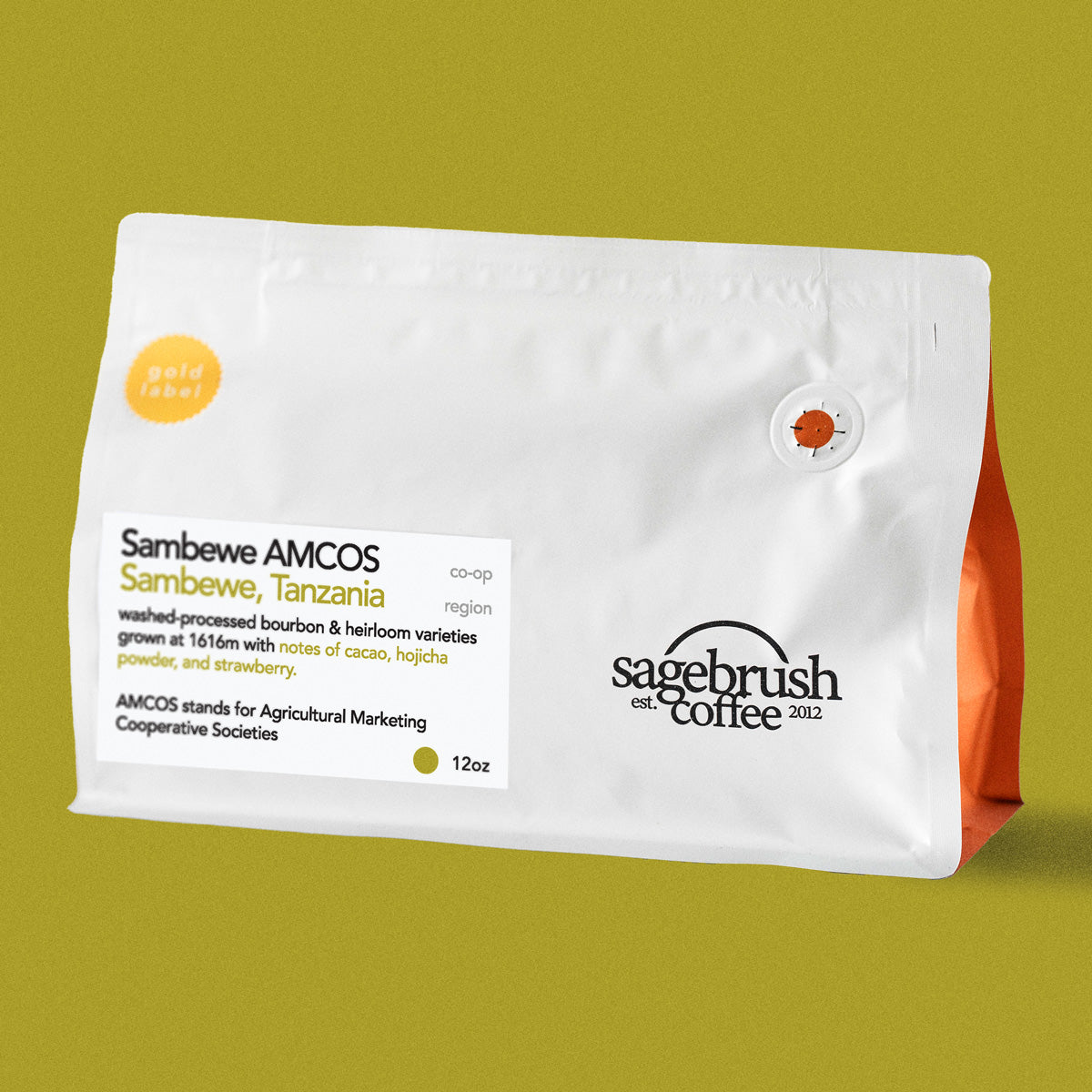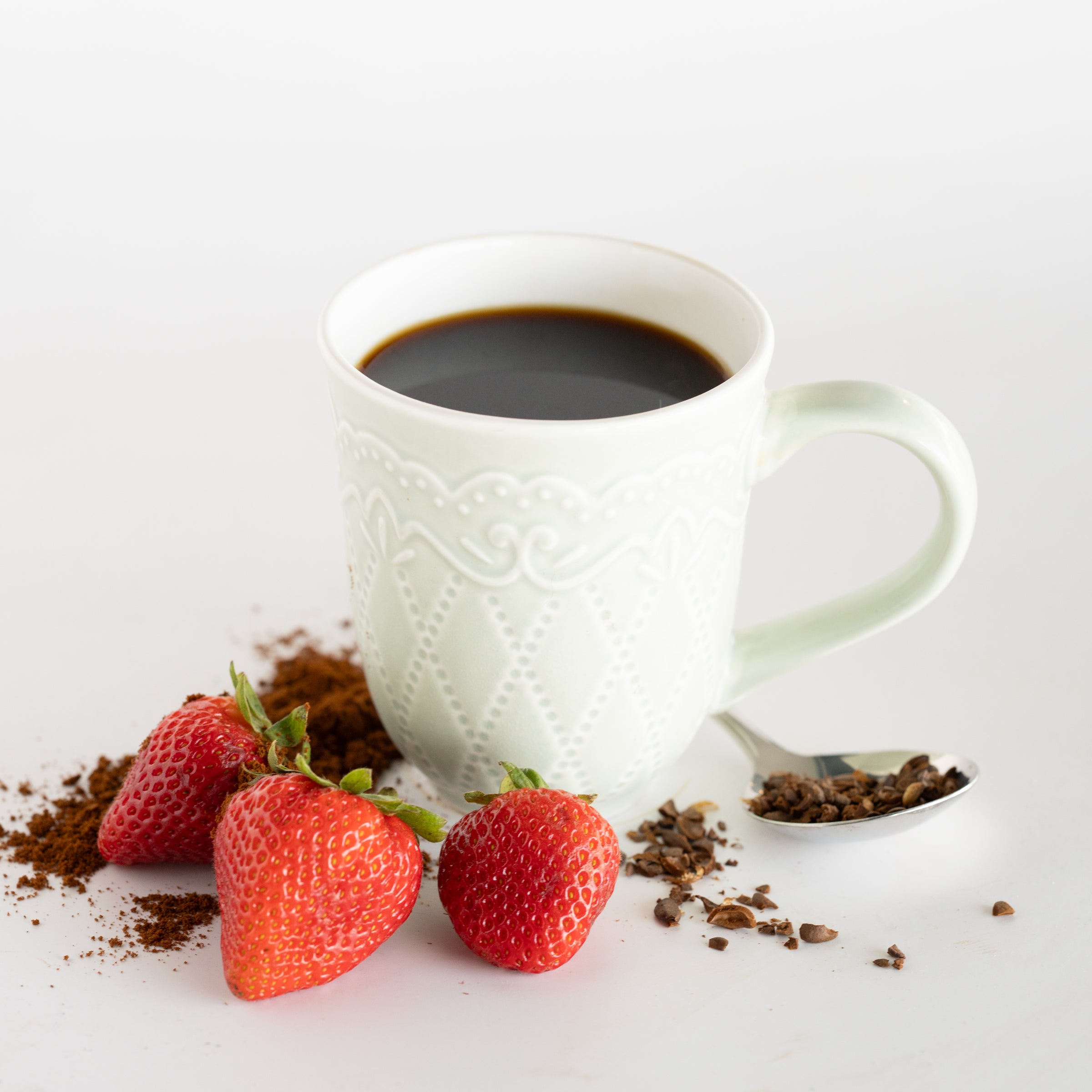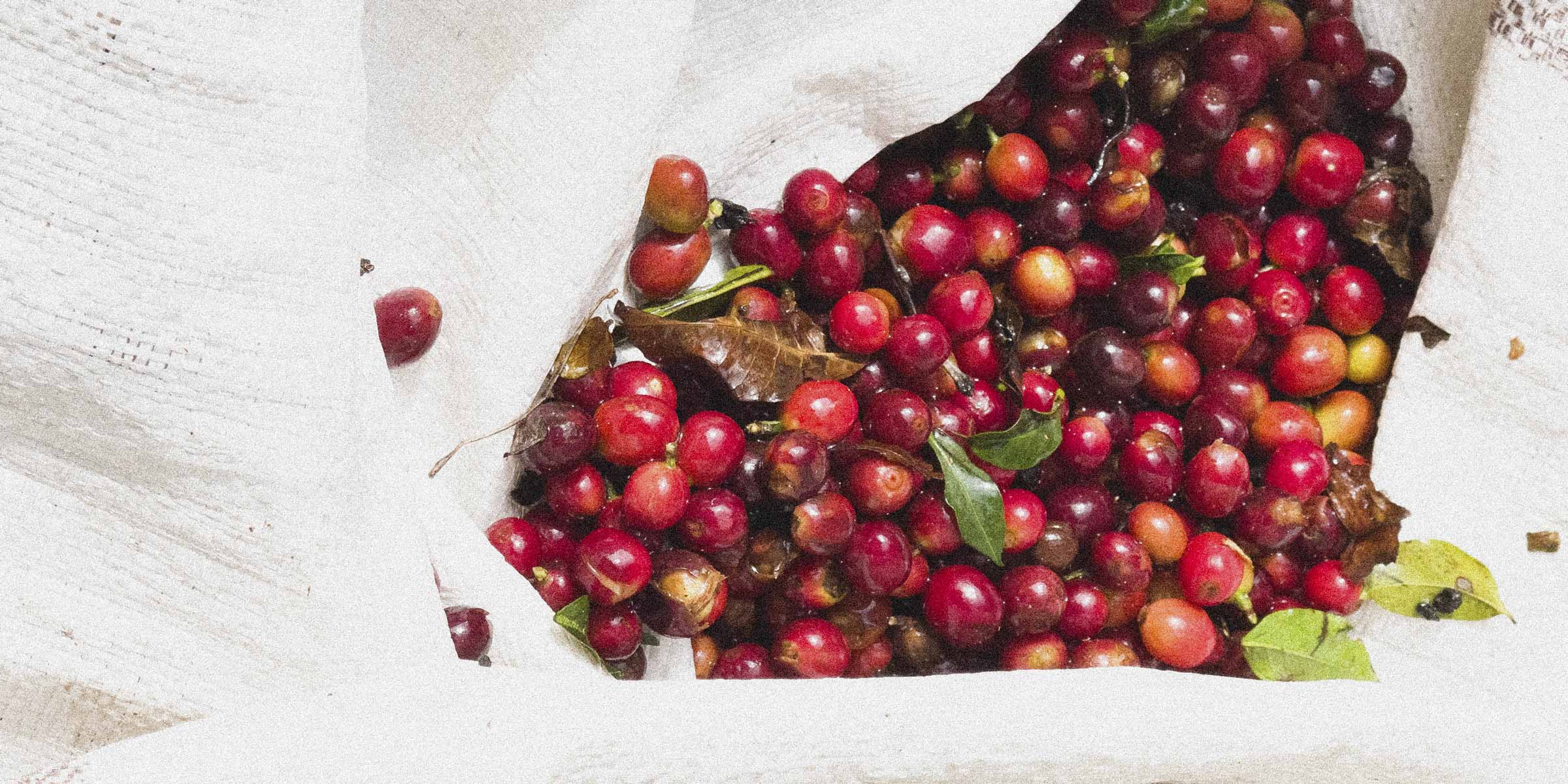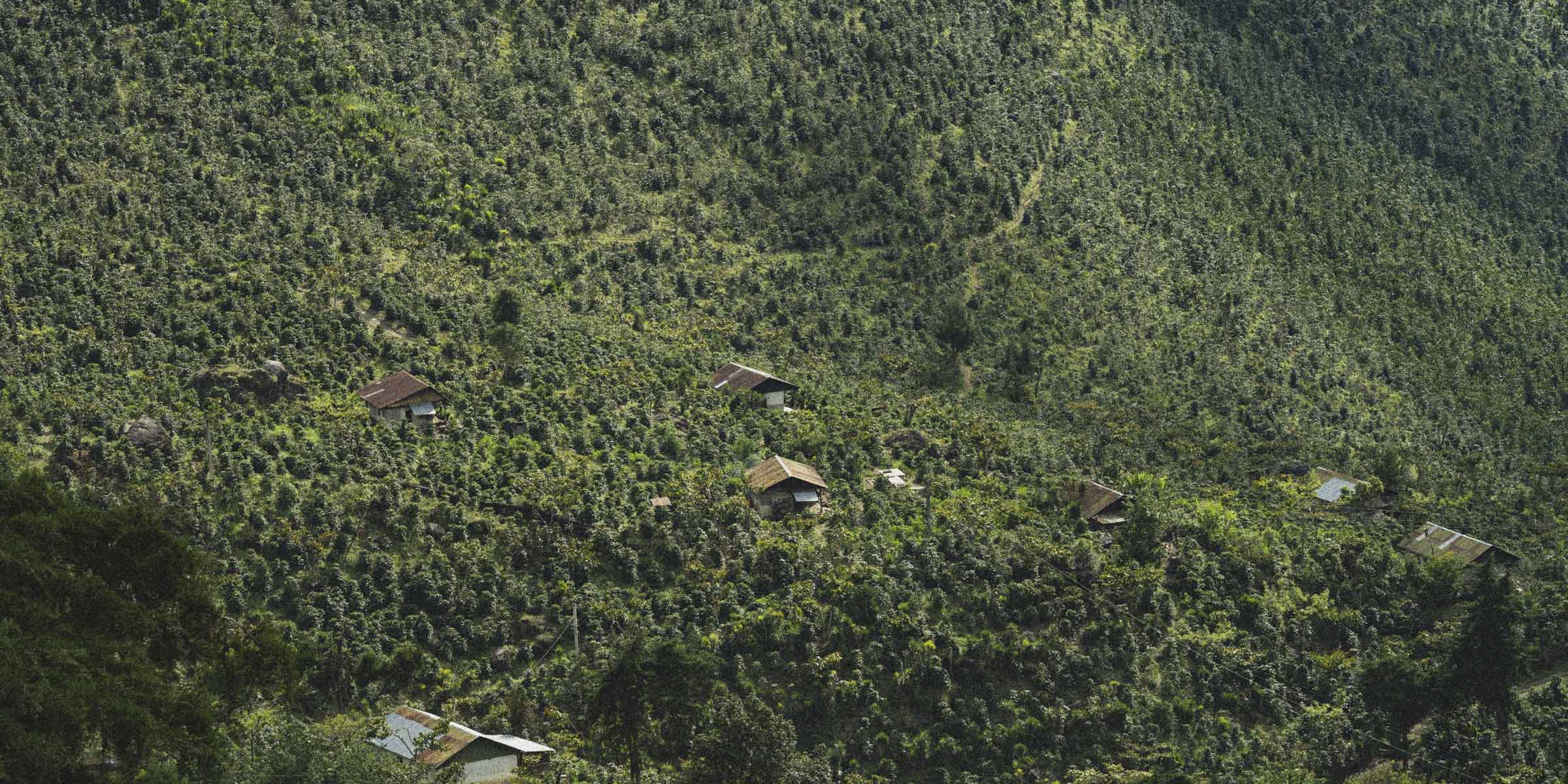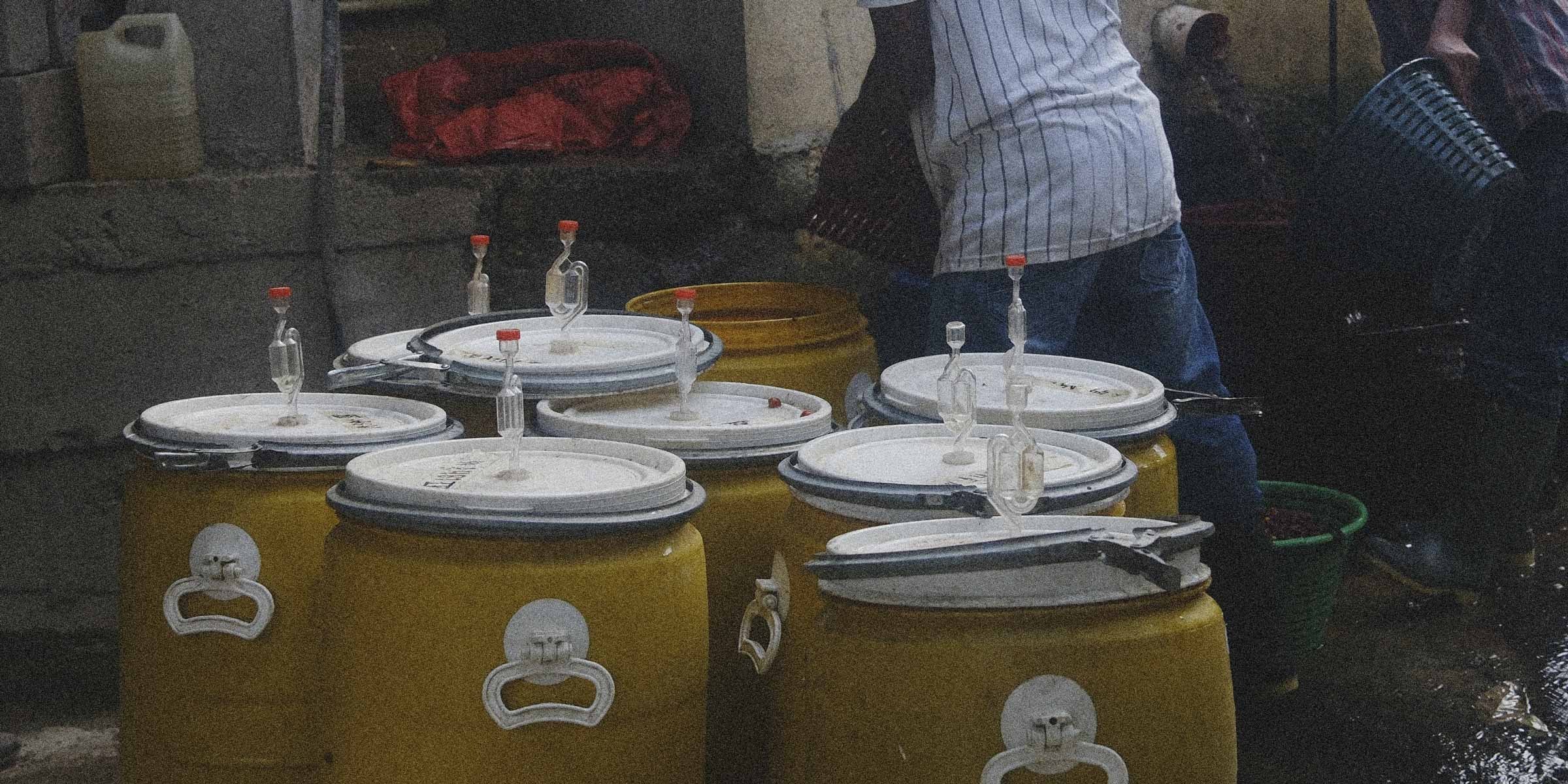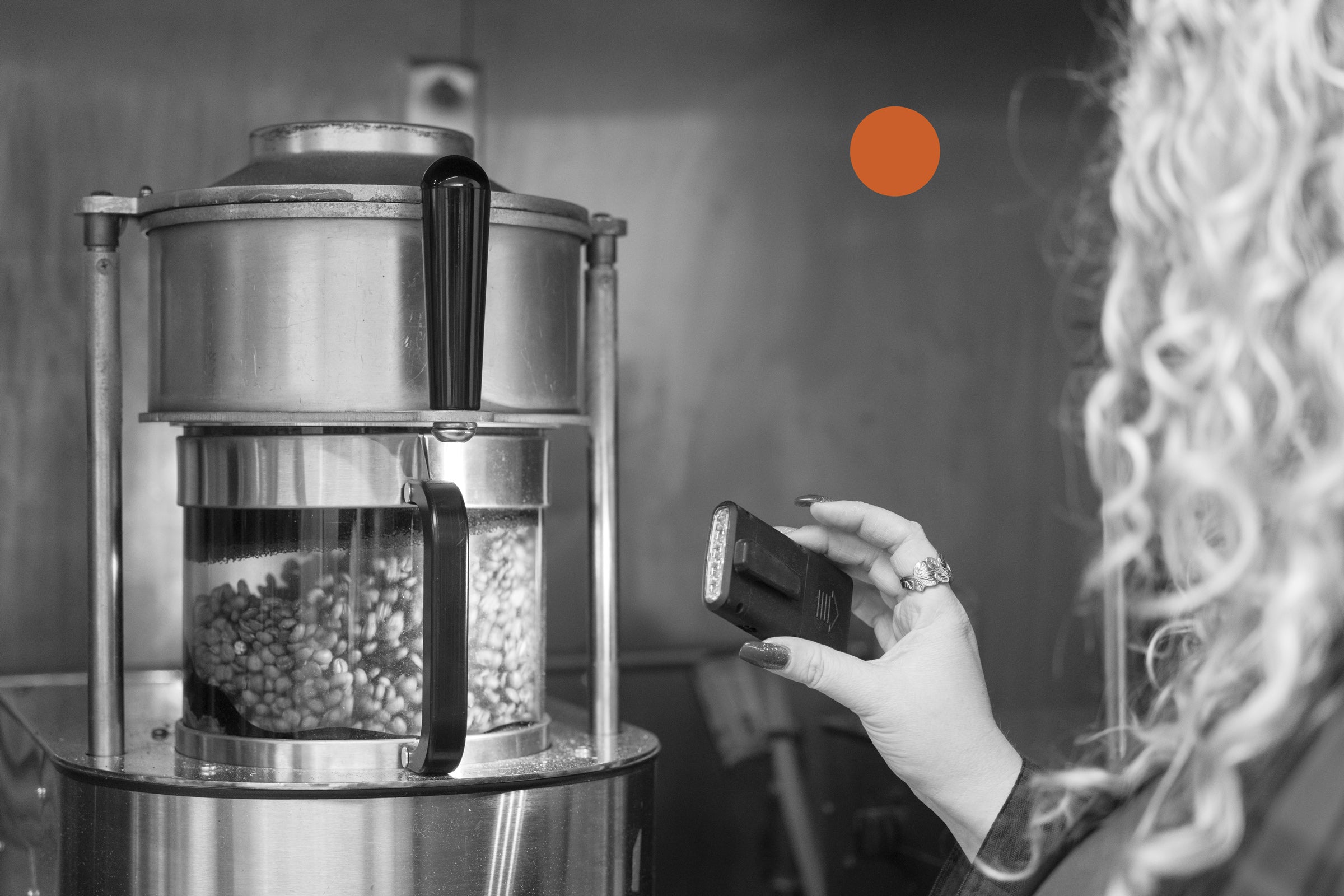
Anaerobic processed coffees have been gaining a lot of popularity lately, and it’s not hard to see why. We have talked about this unique processing method briefly before in our Coffee Fermentation blog but wanted to dive into it a little deeper. The trouble with anaerobic fermentation is that it is an extremely new concept in the coffee industry and is very scientific – down to the microbiological level of coffee processing. That being said, it can be hard to understand and there have been a lot of misconceptions and misinterpretations surrounding the topic.
Before we dive into anaerobic fermentation, let’s talk about fermentation in coffee processing in general. Technically, fermentation is naturally used all the time in the coffee industry to remove the mucilage from the coffee bean. This is a type of aerobic fermentation that follows the textbook definition of: a metabolic process that produces chemical changes in organic substrates. It is important to note that this natural level of fermentation that solely occurs while the mucilage is being removed is not the same thing as anaerobic fermentation.
Anaerobic fermentation, on the other hand, is an intentionally set fermentation period that is deliberately used to alter or enhance the flavor notes of a coffee. Lucia Solis defines this, in the context of the coffee industry, as “an intentional process with the express goal of having an impact for the express goal of creating flavor.”
For anaerobic fermentation to occur, coffee is set in tanks or silage bags that are created to keep oxygen out for anywhere from 48 hours to 10 days. Producers may additionally alter the environment inside the tanks where the coffee is fermenting by adding local yeast to encourage microbial activity. They will also intentionally control the temperature in the tanks to achieve desired flavor notes and profiles. After fermentation has concluded, producers will dry and rest their coffee for a desired amount of time, similar to other processing methods. This assembly of variables makes it so different batches of coffee can have a wide variety of complex profiles, even if they are from the same region. Because of the increased amount of labor, education, and equipment that goes into this unique processing method, anaerobic processed coffees tend to sit at a higher price point.
To make this idea of anaerobic fermentation a little clearer, let’s look at an example of a coffee we have had here at Sagebrush. The Ethiopia Yirgacheffe Anaerobic Natural coffee from the Aricha farm is a great example of a carefully fermented coffee. The cherries from this lot were floated in water tanks to filter out low-density beans before being placed in fermentation tanks. They were then fermented at a temperature between 15 to 18 degrees Celsius (about 59 to 65 degrees Fahrenheit) for seven days. The cool temperature kept fermentation slow and steady, and the tanks were rotated regularly. Fermentation concluded when the pH reached 3.8 and the beans were then dried for 30 days and set to rest for four weeks. These meticulous details created a complex cup of coffee with tasting notes of winey acidity, strawberry, raspberry, ripe cherry, and rose.
Understanding the hard work that goes into a processing method helps you as a consumer enjoy your coffee to its full extent. This new idea of intentional anaerobic fermentation to enhance flavor is here to stay, and we hope to offer many more coffees that use this innovative processing method.
